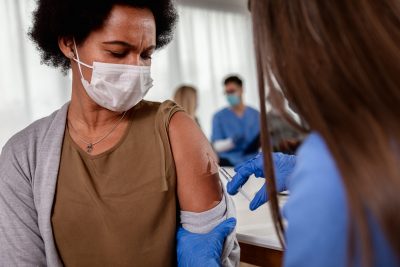WINTERSET, Iowa — For 35 years, this town’s residents have brought all manner of illnesses, aches, and worries to Kevin de Regnier’s storefront clinic on the courthouse square — and he loves them for it.
De Regnier is an osteopathic physician who chose to run a family practice in a small community. Many of his patients have been with him for years. Many have chronic health problems, such as diabetes, high blood pressure, or mental health struggles, which he helps manage before they become critical.
“I just decided I’d rather prevent fires than put them out,” he said between appointments on a recent afternoon.
Broad swaths of rural America don’t have enough primary care physicians, partly because many medical doctors prefer to work in highly paid specialty positions in cities. In many small towns, osteopathic doctors like de Regnier are helping fill the gap.
Osteopathic physicians, commonly known as DOs, go to separate medical schools from medical doctors, known as MDs. Their courses include lessons on how to physically manipulate the body to ease discomfort. But their training is otherwise comparable, leaders in both wings of the profession say.
Both types of doctors are licensed to practice the full range of medicine, and many patients would find little difference between them aside from the initials listed after their names.
DOs are still a minority among U.S. physicians, but their ranks are surging. From 1990 to 2022, their numbers more than quadrupled, from fewer than 25,000 to over 110,000, according to the Federation of State Medical Boards. In that same period, the number of MDs rose 91%, from about 490,000 to 934,000.
Over half of DOs work in primary care, which includes family medicine, internal medicine, and pediatrics. By contrast, more than two-thirds of MDs work in other medical specialties.

